I am using PowerShell ISE. When I run Add-AzureDisk
I get a CLI wizard and fill in the DiskName
and I have the vhd file uri in my clipboard (copied from the portal)
When I use the uri without "..." I get:
Add-AzureDisk : Invalid URI: cannot parse the hostname.
At line:1 char:1
- Add-AzureDisk
- ~~~~~~~~~~~~~
- CategoryInfo : NotSpecified: (:) [Add-AzureDisk], UriFormatException
- FullyQualifiedErrorId : System.UriFormatException,Microsoft.WindowsAzure.Commands.ServiceManagement.IaaS.AddAzureDisk Command
When I do use the "uri here" I get:
Add-AzureDisk : Invalid URI: URI-scheme is invalid. At line:1 char:1
I used this button:
I started to think that my powershell modules are out of date or something, so I ran Get-Module AzureRm.Profile -ListAvailable as suggested here:
Directory: C:\Program Files (x86)\Microsoft SDKs\Azure\PowerShell\ResourceManager\AzureResourceManager
ModuleType Version Name ExportedCommands
---------- ------- ---- ----------------
Manifest 4.0.0 AzureRM.Profile {Disable-AzureRmDataCollection, Disable-AzureRmContextAutosave,...
But I also have v5 (found this on the docs website):
Get-Module -ListAvailable -Name AzureRm.Resources | Select Version
Version
5.0.0
As you might have guessed, I am more used to the webportal. But I am trying to create a new vm with two unmanaged disks vhd's which are in my blob storage container.
Edit I tried the Azure CLI:
az vm create -n "tmp-vm" -g "resource-tmp" --attach-os-disk "https://the-uri-copied-from-ui.blob.core.windows.net/vhd-container/vm-osdisk.vhd" --size Standard_DS1_v2 --use-unmanaged-disk --os-type windows
and got:
At least one resource deployment operation failed. Please list deployment operations for details. Please see https://aka.ms/arm-debug for usage details.
{
"status": "Failed",
"error": {
"code": "ResourceDeploymentFailure",
"message": "The resource operation completed with terminal provisioning state 'Failed'.",
"details": [
{
"code": "DiskBlobPendingCopyOperation",
"message": "Disk blob https://the-uri-copied-from-ui.blob.core.windows.net/vhd-container/vm-osdisk.vhd is not ready. Copy state: Failed. Please retry when the blob is ready."
}
]
}
} Correlation ID: 0e1231a9-aa0e-4d79-8953-92ea43c658eb
I created the vhd with the powershell commands that I have found here: https://stackoverflow.com/a/45569760/169714 perhaps that failed? I did not got an error or anything? How can I consolidate it?
edit2 I tried both templates and had a hard time getting the debug info. But I have found the error now. And it is the same as before:
The blob seems to have the expected size. The lease state says available. Last modified date is a second ago, so does that mean that the underlying storing is still in process? I tried to run Get-AzureStorageBlobCopyState -Blob tmpvmosdisk.vhd -Container vhd-containers -WaitForComplete but that gives an error about a non required (and unknown to me) argument:
Get-AzureStorageBlobCopyState : Could not get the storage context. Please pass in a storage context or set the current storage context.
edit 3 data disk seems flushed again. It was 512gb and is now back to zero?

so I got the not ready message again when I wanted to add the vhd as disk...

